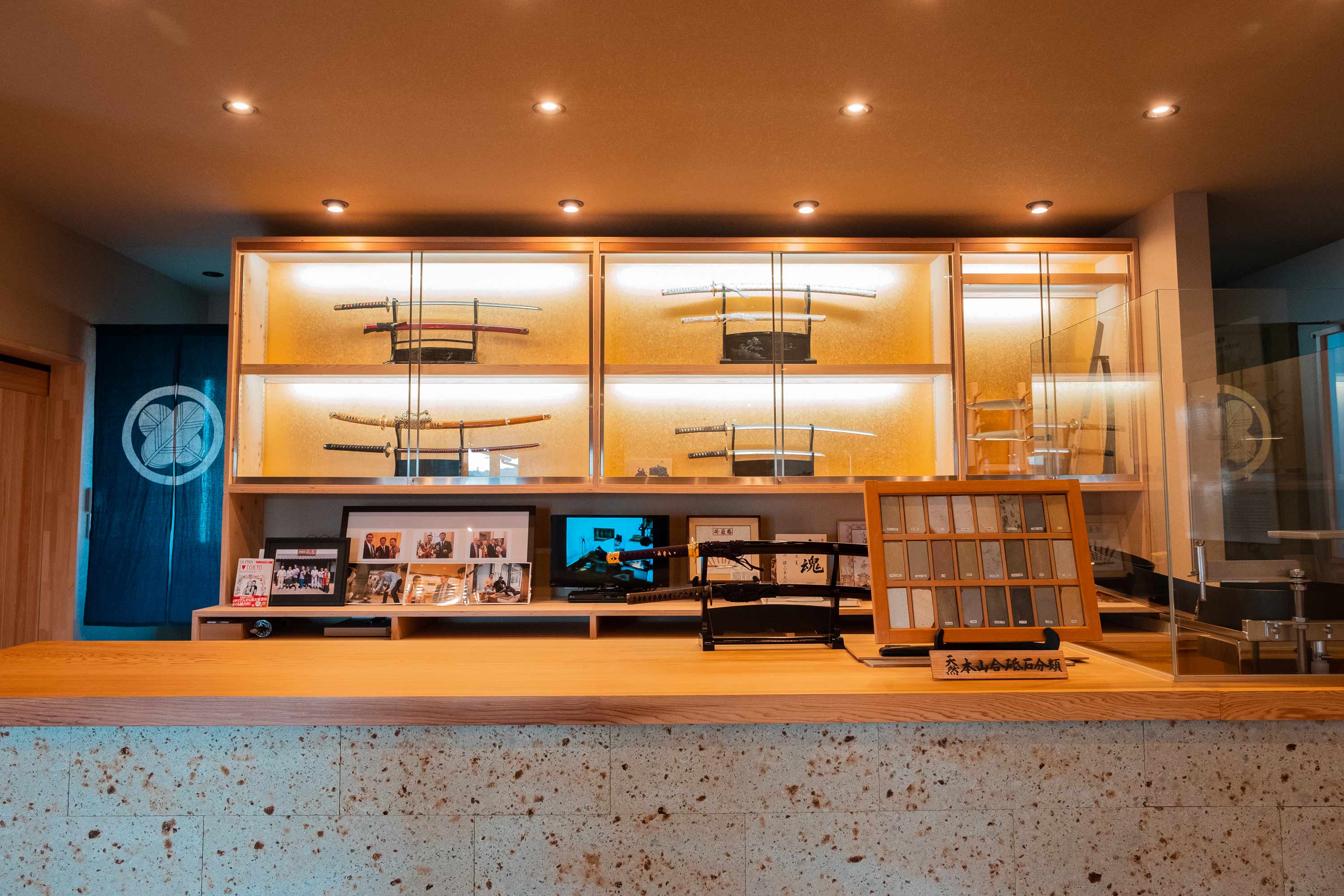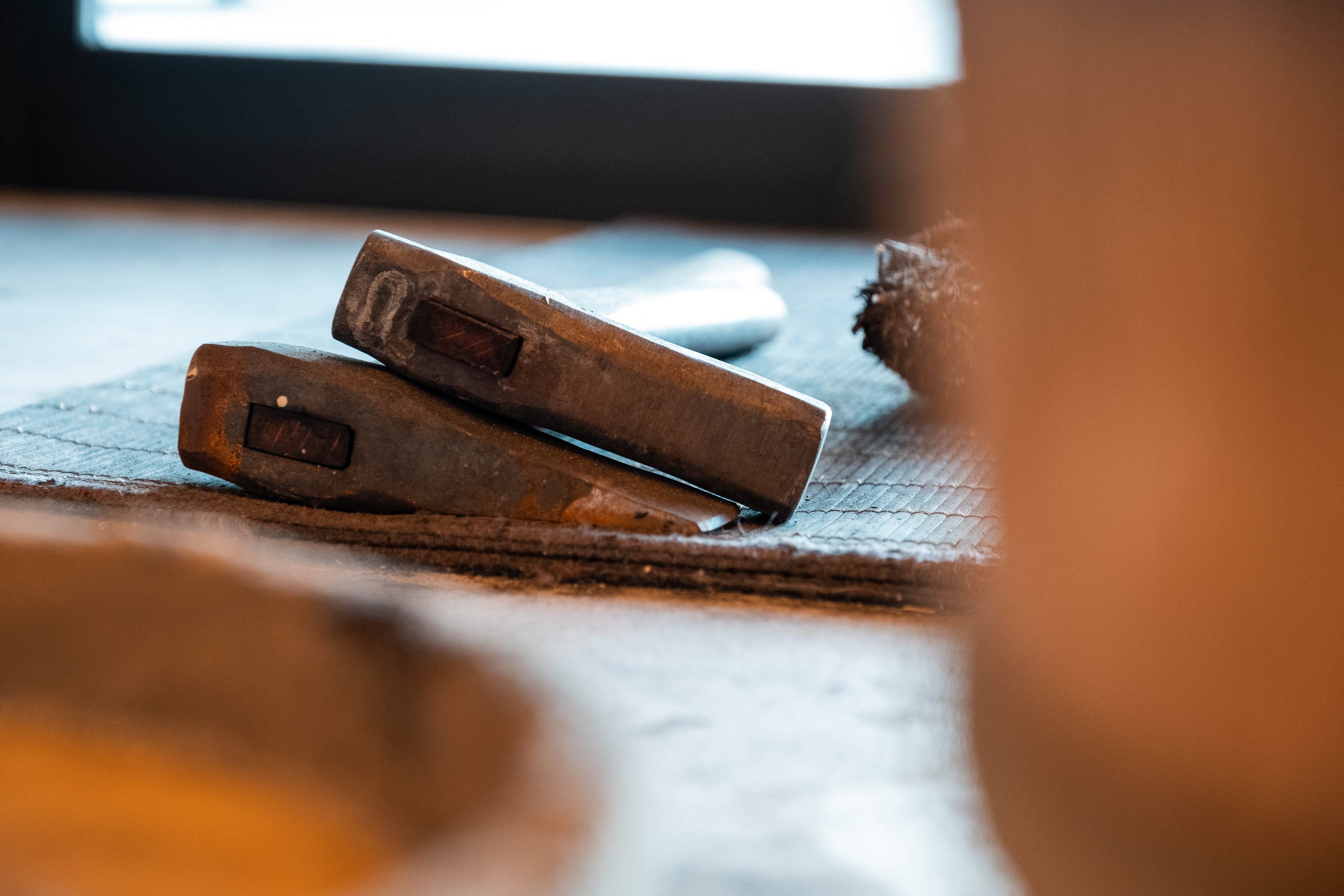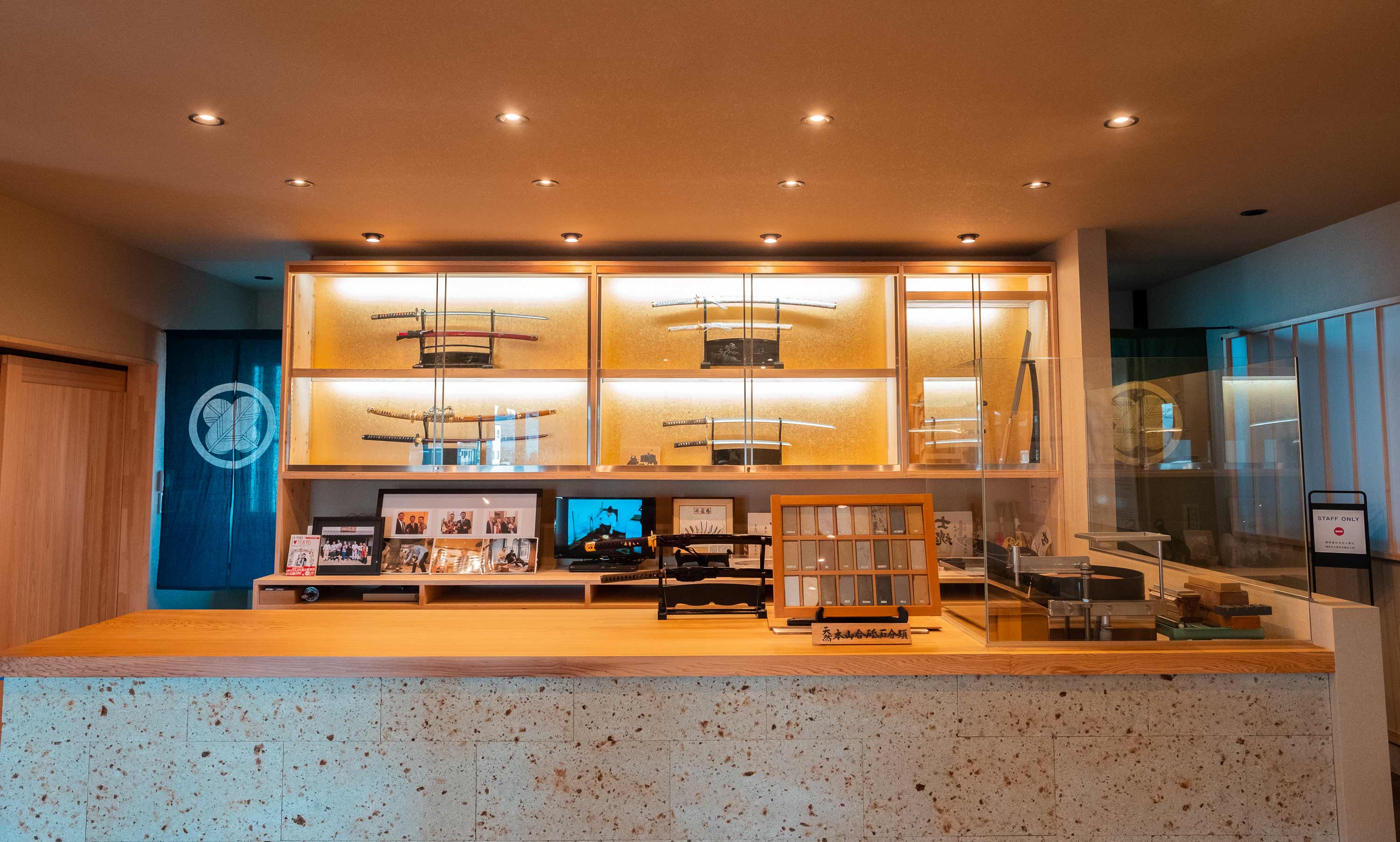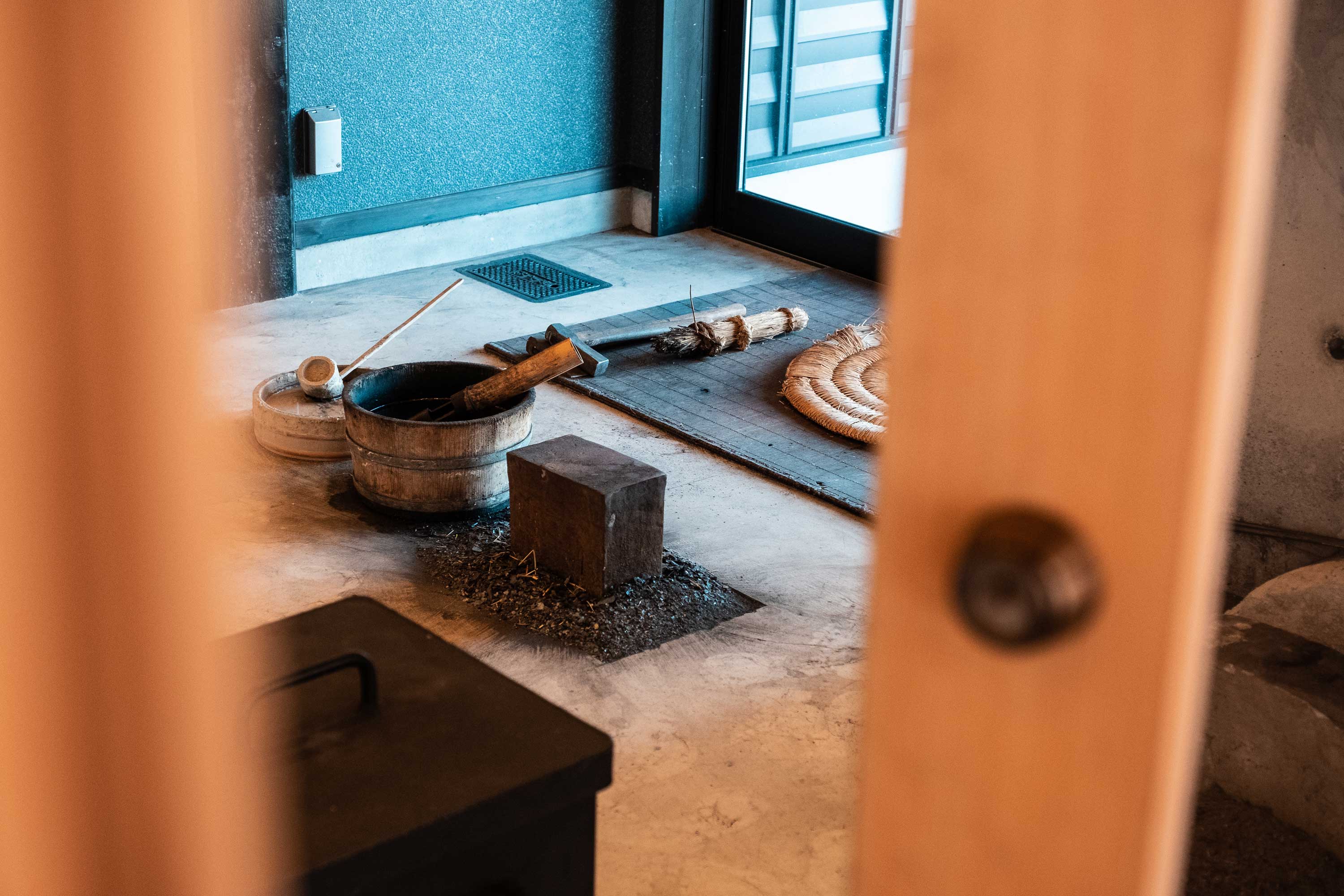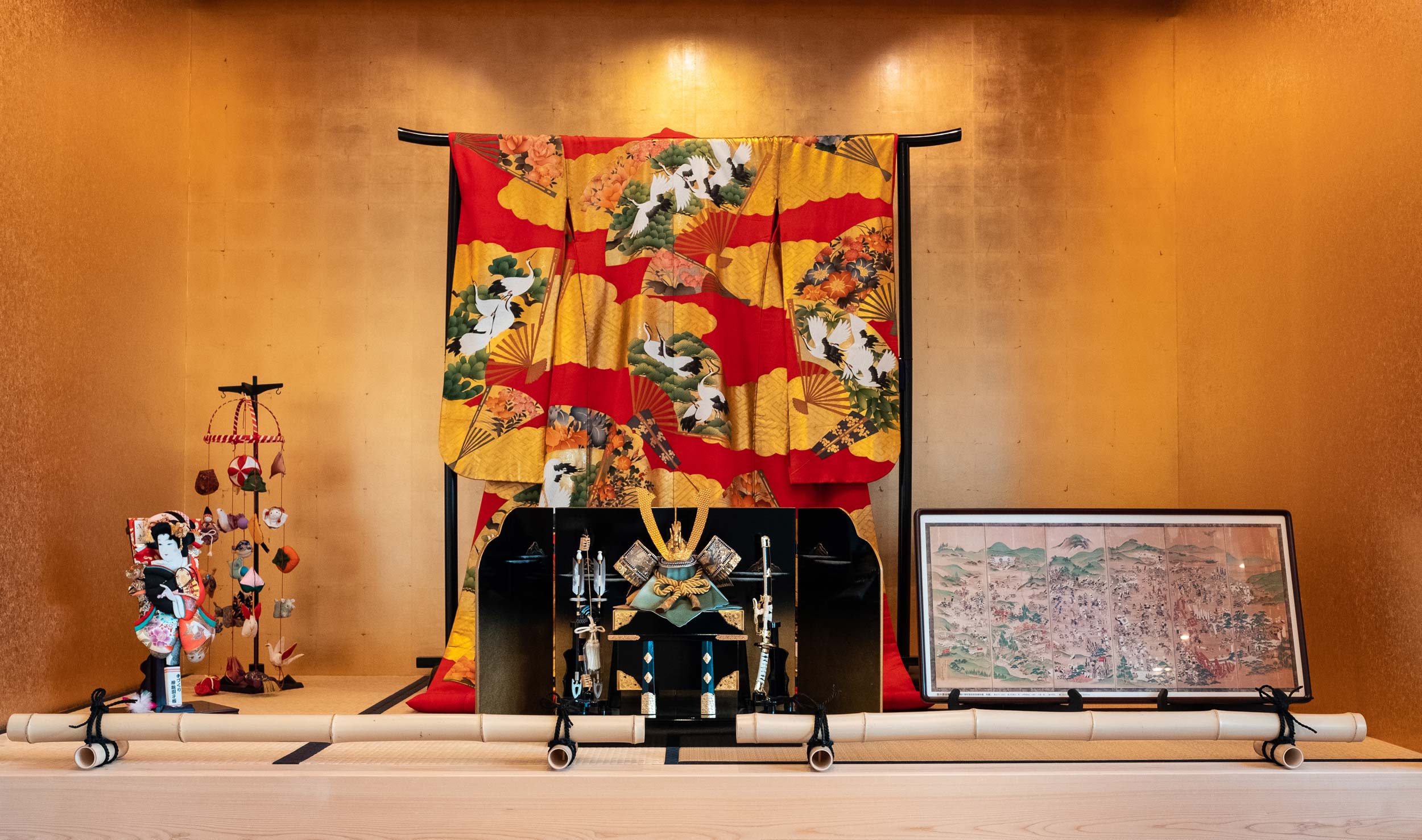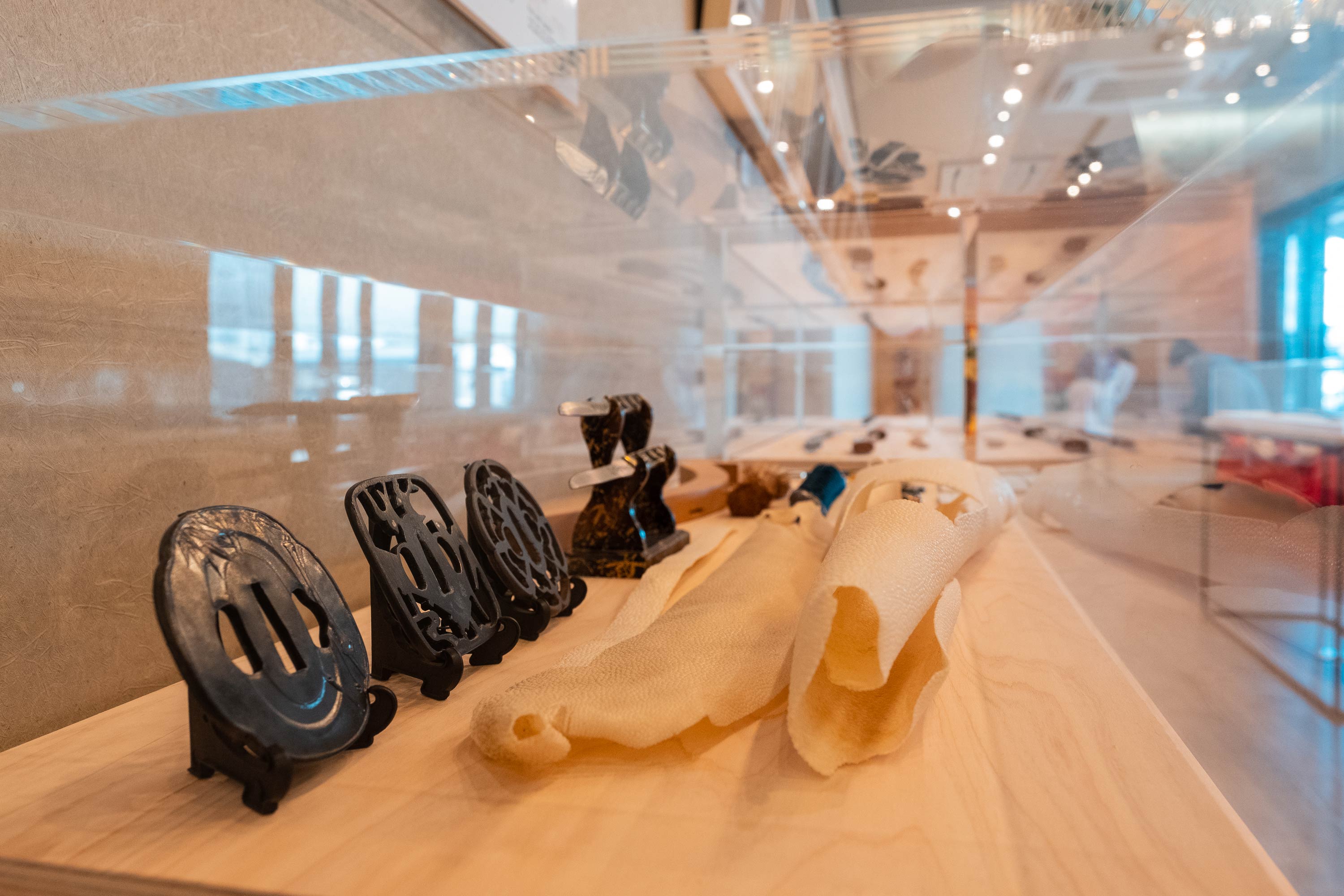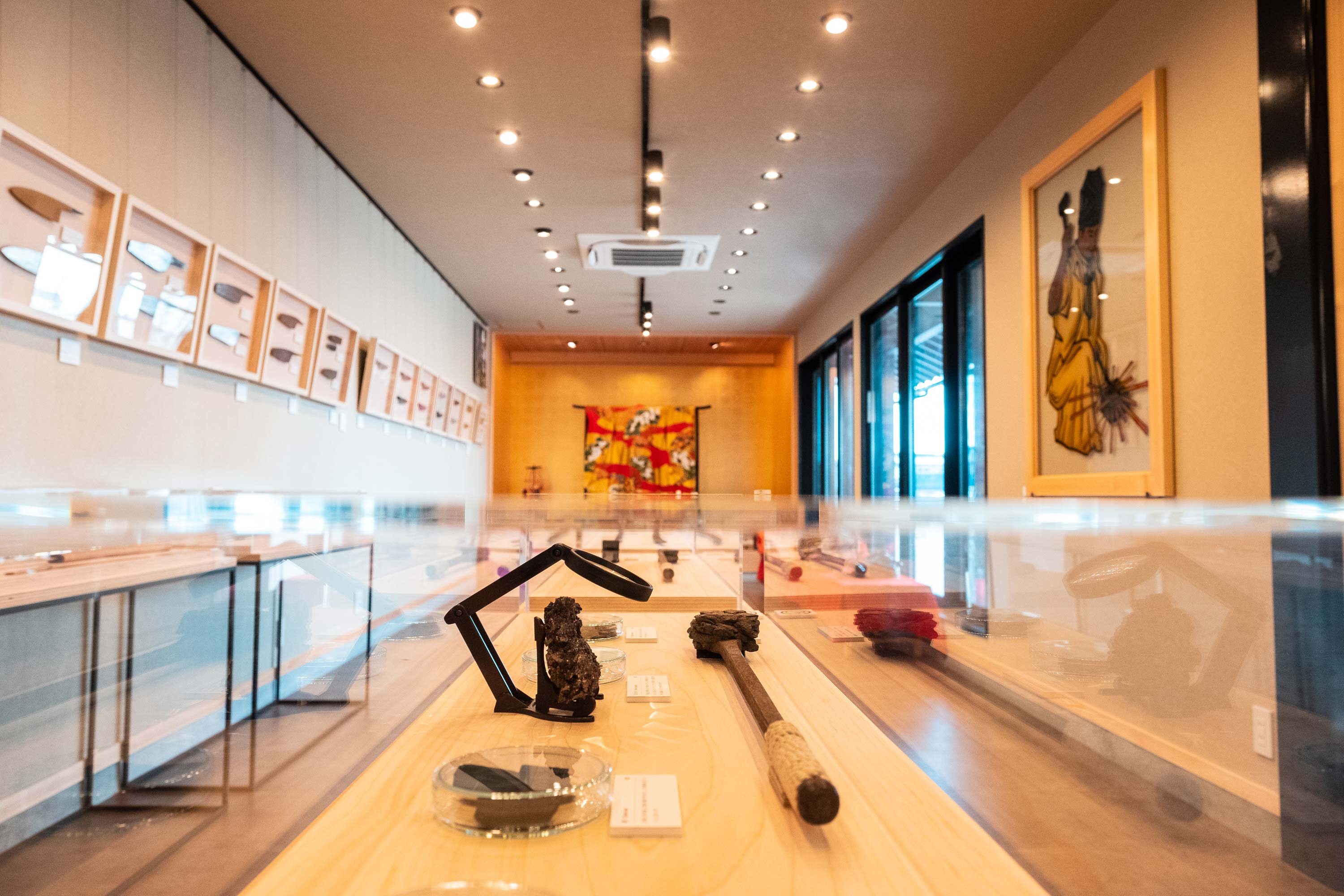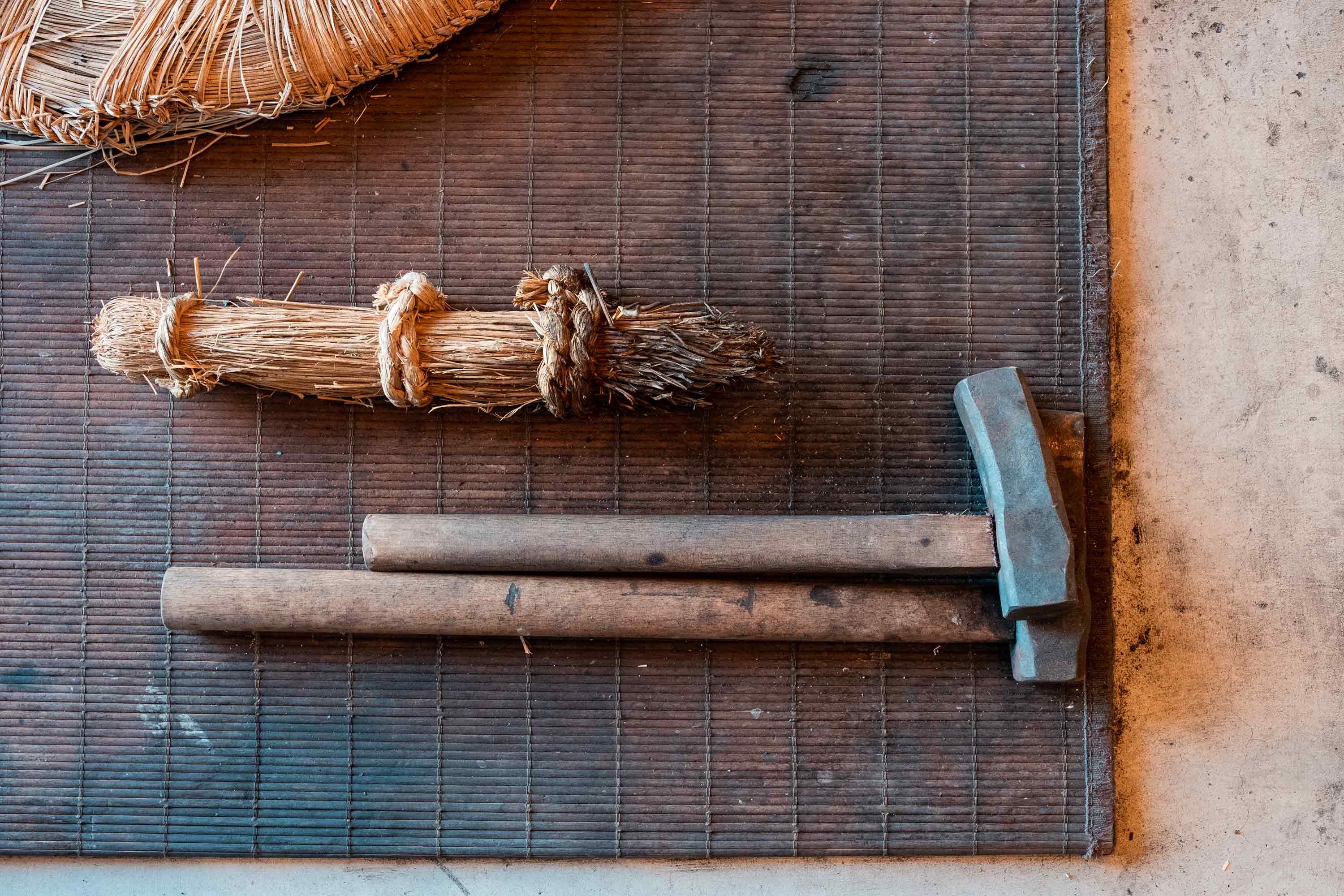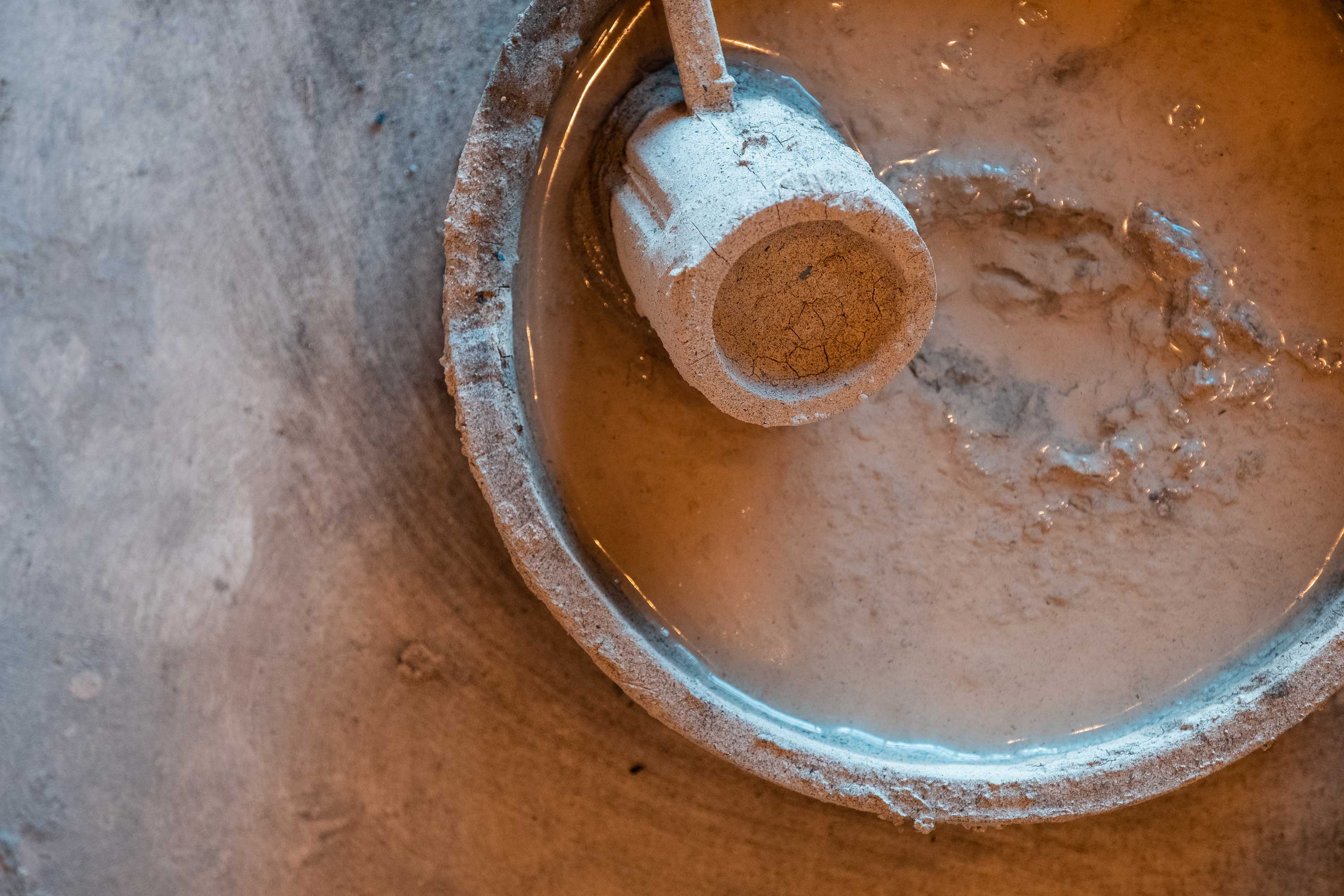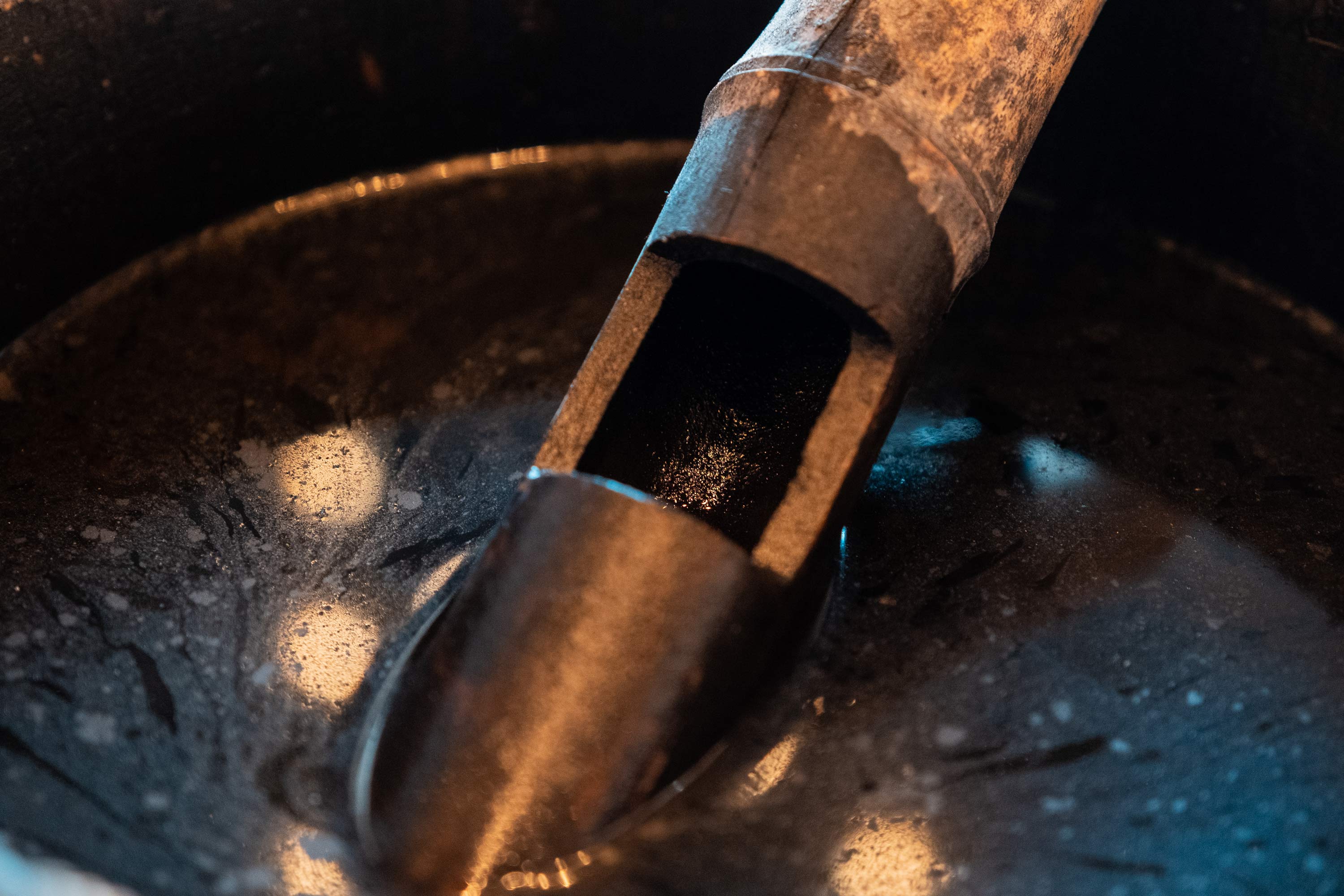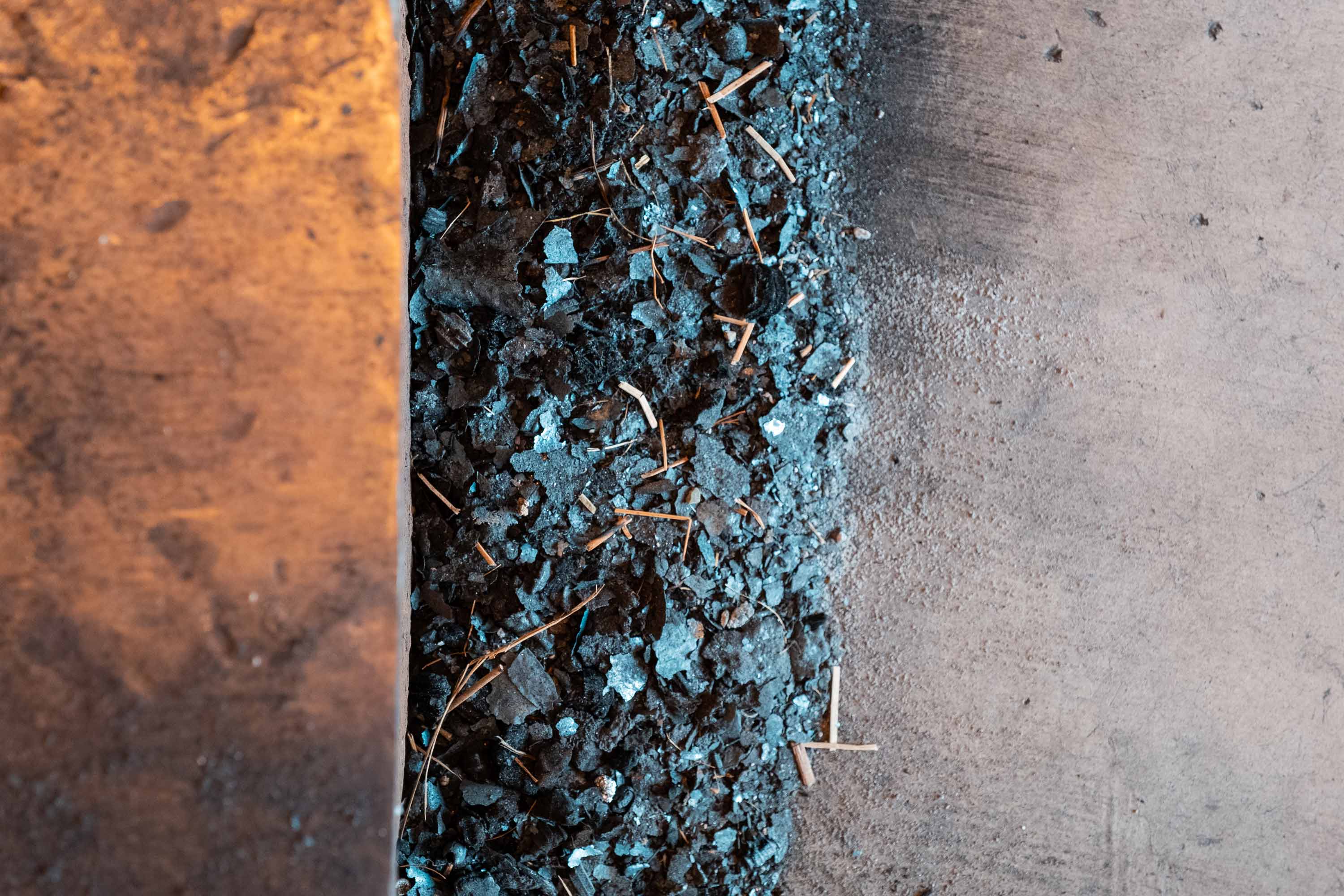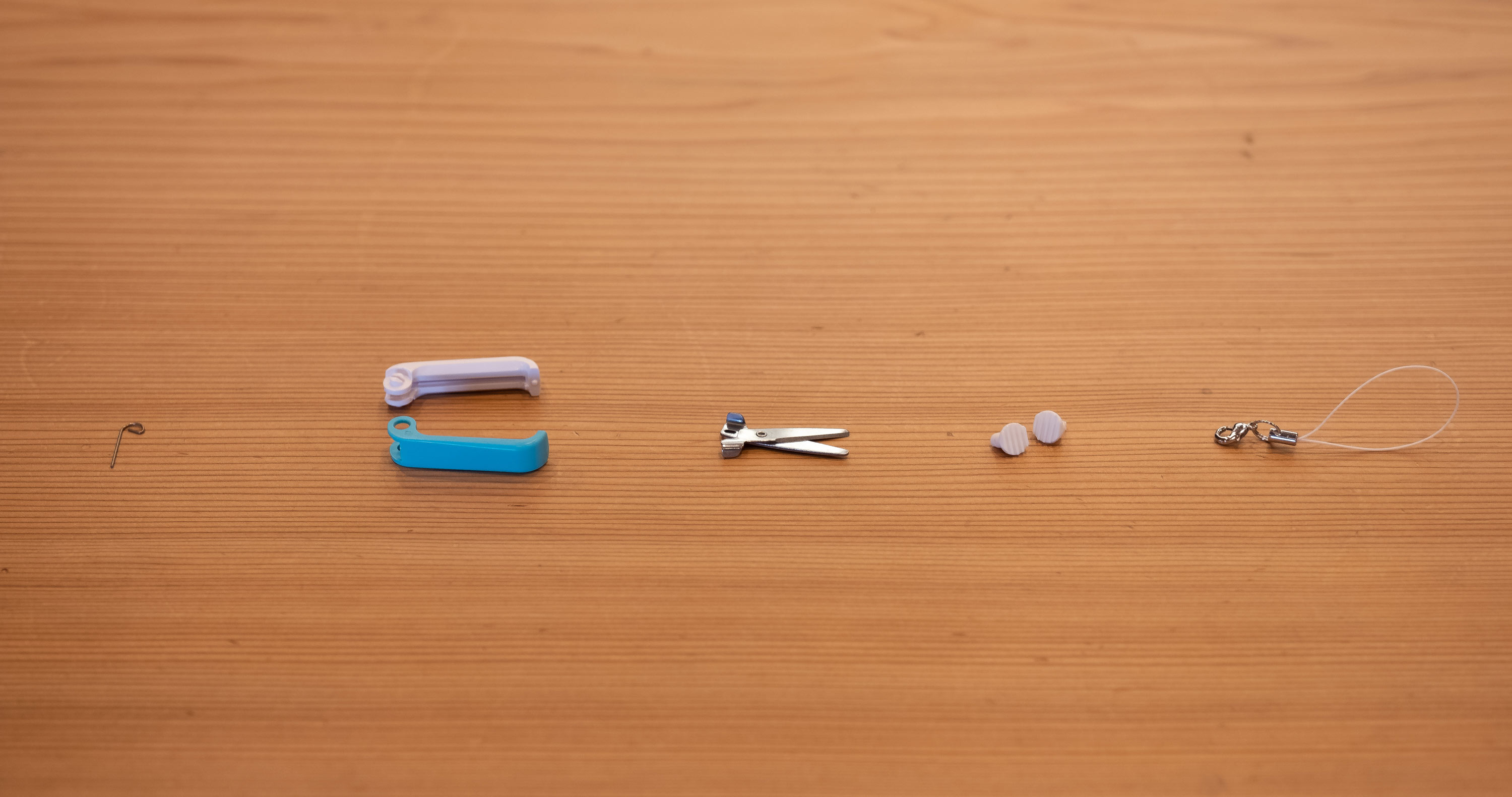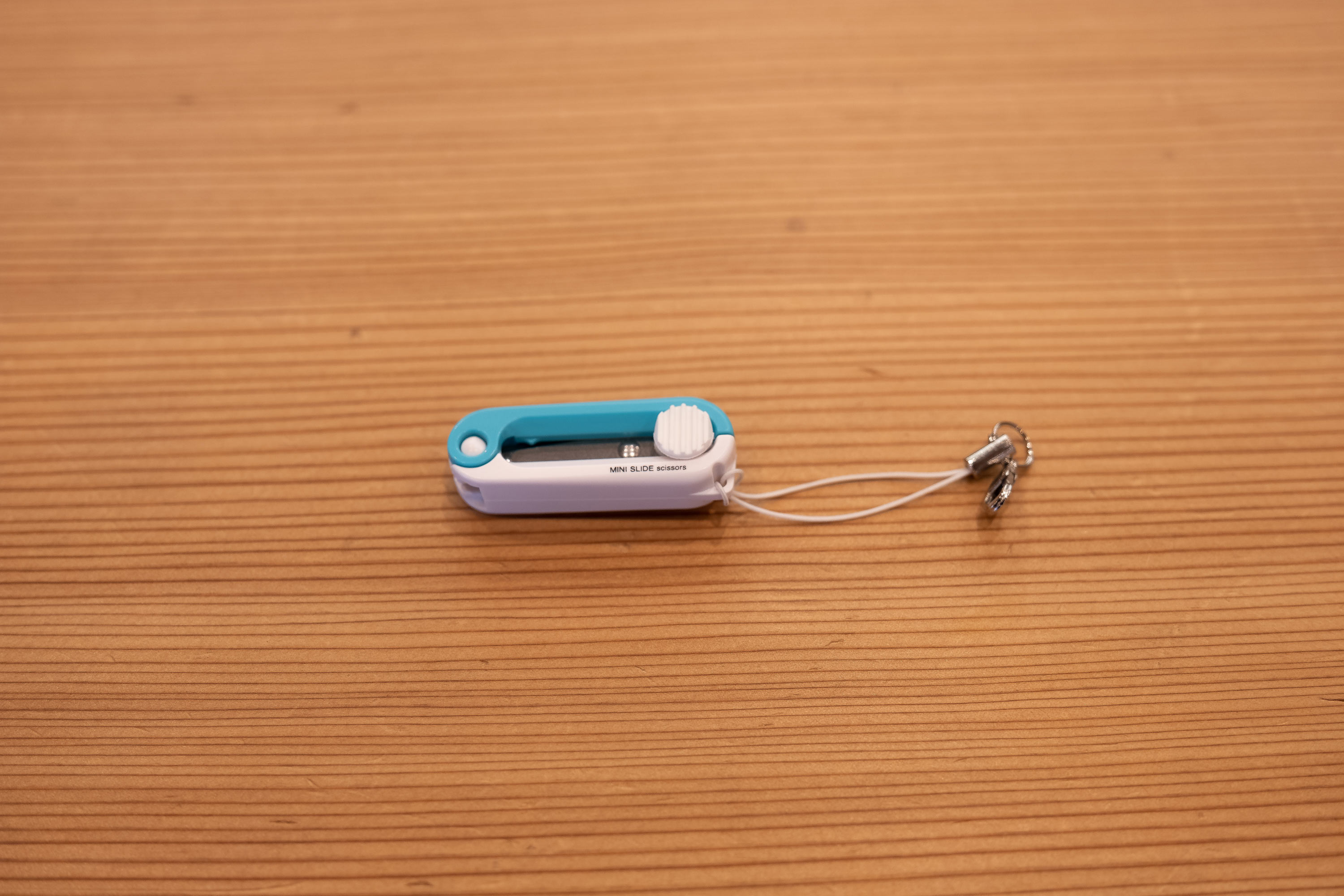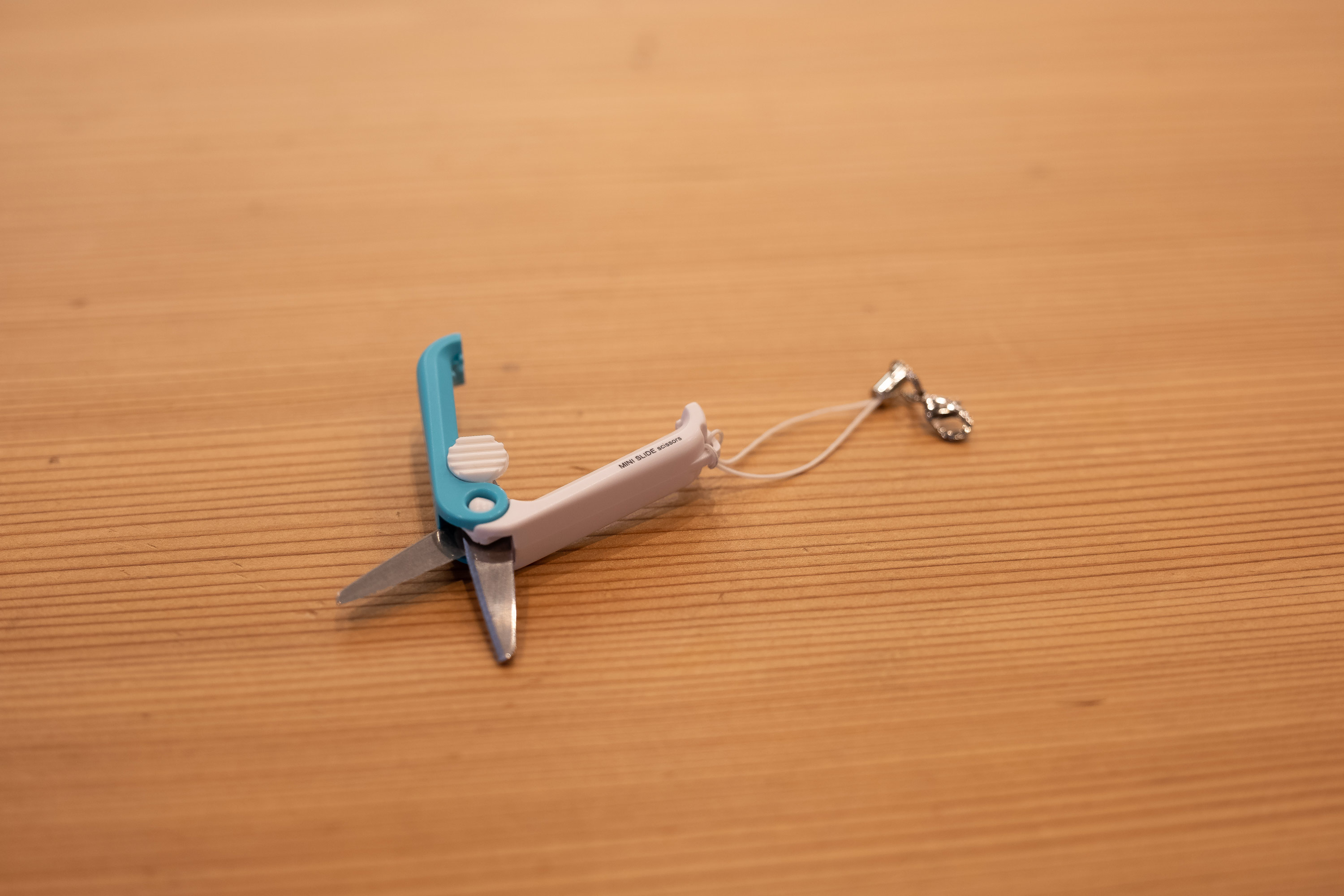Seki - The City of Sword Making
|
|
The blade is the quintessential representation of Japanese tradition, discipline, and craftsmanship. It is often thought of along with romanticized images of the samurai. Today, Japanese steel is prized for its unparalleled quality and versatility.
Although the long blades of traditional Japanese weaponry like the “katana” and the “tachi” are far less a focus of production, the very same principles and techniques apply to this very day. And luckily for us, we can experience the age old tradition of forging these world renowned treasures.
Japan remains one of the leading producers of the finest cutlery in the world and one very particular region has maintained its position at the forefront of the industry for hundreds of years.
Seki City is a rural town located near the geographic center of the country’s main island. Although landlocked to any of the coasts, the area is fortified by mineral rich mountains and an abundance of flowing rivers that provide the town and its master craftsmen the optimum conditions and ingredients for creating the sharpest blades in the world. In fact, this relatively small Japanese city of less than 90,000 inhabitants is highly regarded as part of the world’s triumvirate or “Big Three” in cutlery production. According to our tour guide, the industry also endearingly refers to these world leading cities in blade manufacturing as the “Big Three S” that comes from their respective cities: Seki City in Japan, Solingen in Germany, and Sheffield in England.
|
|
Getting To Seki
Seki is easily accessible from Nagoya via Meitetsu bus. The terminal is located on the 4th floor of the Meitetsu Bus Center just south of Nagoya JR station. The city boasts a large concentration of swordsmiths, but today we’re visiting one of the oldest and respected family-owned shops in all of Japan.
Just take one of the buses from the 4th floor heading outbound to Seki and get off at Akatsuchisaka. From there, Hamonoya Sanshu fine cutlery store and swordsmith museum is just a 10 minute walk away from the bus stop.
|
|
The Museum
Hamonoya Sanshu provides guests with a selection of curated displays and interactive experiences that provide a holistic and immersive connection with the Japanese history and contemporary ingenuity. Because of the time and commitment many of these plans require, interested parties must make reservations beforehand and Hamonoya Sanshu will be more than happy to accommodate!
|
|
Of the many plans they offer, participating guests are able to witness and even participate in forging Japanese steel under the guidance and expertise of Sanshu’s master blacksmiths.
For today’s plan, we’ve chosen to take the guided museum tour along with making our own pair of travel scissors.
The museum itself is elegantly designed and this portion of the building is where the Japanese concept of “Shibui” is definitely present. It’s a very simple aesthetic that places special attention on the arrangement and presentation of the curated artifacts and set pieces without distraction from clutter.
|
|
There are plenty of visual aids as well as informational texts in Japanese as well as English to provide another level of context to the tour.
Visitors are walked through the history and geographical significance of Seki as well as its international impact as one of the largest producers of cutlery and blades worldwide.
|
|
The exhibit itself is comprised of house-made examples of each stage in the blade making process as well as other historically relevant pieces to give everything greater context.
|
|
From the iron ore excavated from the Seki mountains to the river water and clay, all of the ingredients for a perfect blade have created a perfect situation for this part of Japan to remain the torchbearer of one of this country’s most prized traditions.
|
|
No machinery here. These are handmade tools for a handmade product. It is said that a good blade may take up to 1,200 to 1,300 folds of iron. These hammers work the molten metal thousands of times as the straw brush helps temper the heat.
|
|
River clay is a curing agent to help give the blades their unmatched strength and distinctive design.
|
|
A special blend of minerals help treat the blade to provide added strength during the curing process.
|
|
At the conclusion of the tour, we were given a 20 minute demonstration and assembly experience to make our own set of travel scissors. Participants are allowed to choose their own colors and the expert guides walk you through the entire process. The assembly portion itself does not take so long, even with clumsy fingers like mine!
|
|
With an ounce of patience and a little bit of encouragement by the staff members, I was able to put together a convenient set of sheers I can keep in my pocket, clip on my bag, or covertly stow away in an exterior pouch.
|
|
|
|
If you’re interested in Japanese history, craft making, swords, blades, or are up for an educationally immersive experience, I highly suggest hopping on a bus and visiting Hamonoya Sanshu in Seki City!
Until next time!
For more information about Hamonoya Sanshu and the tours they offer please visit their site, it has both English and Japanese text and is quite helpful.
Main:
www.hamonoyasan.com
Museum:
http://www.hamonoyasan.com/sekihamonomuseum/
- 950-1, Oze, Seki City, Gifu
- 8:30am-5:00pm from Mondays to Fridays
- 0575-28-5878
- http://www.hamonoyasan.com/




